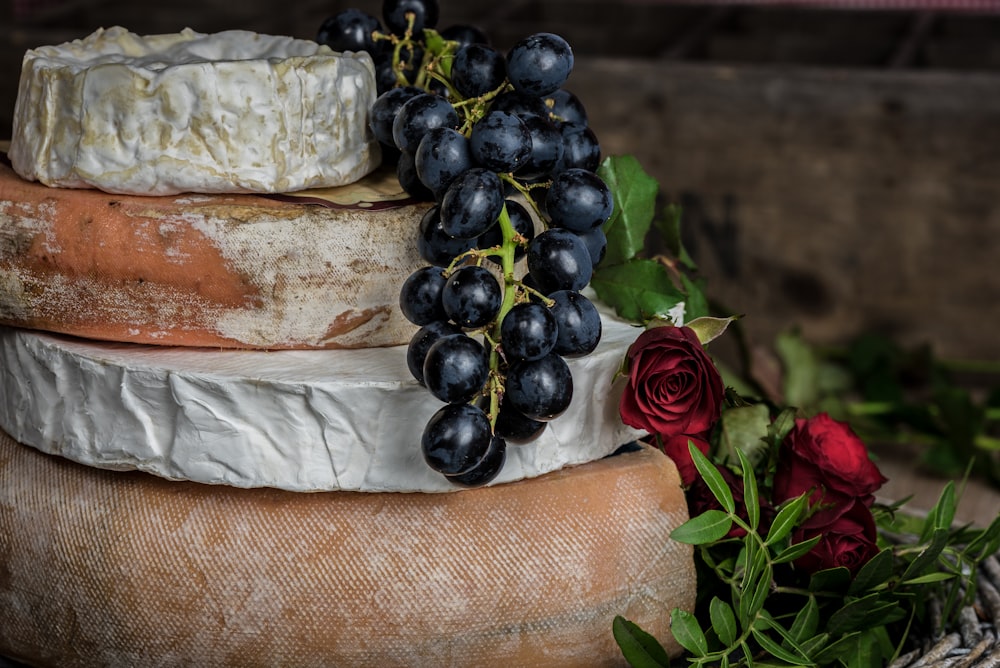Easy Bread Recipes for Any Baker
Mastering the Basics: Starting with Simple Ingredients
When it comes to baking bread at home, starting with the right ingredients is crucial. Basic bread recipes typically require flour, yeast, salt, water, and sometimes a sweetener like sugar or honey. You can experiment with different types of flour, such as all-purpose, whole wheat, or bread flour, to achieve varying textures and flavors in your bread.
Mixing and Kneading: The Key to Perfect Texture
Once you have gathered your ingredients, the next step is mixing and kneading the dough. Mixing combines the ingredients into a cohesive mass, while kneading develops the gluten in the flour, giving the bread its structure and texture. Whether you knead by hand or use a stand mixer with a dough hook attachment, aim for a smooth and elastic dough before letting it rise.
The Art of Proofing: Allowing the Dough to Rise
After kneading, it’s time to let the dough proof or rise. This step is crucial as it allows the yeast to ferment and create air bubbles, which gives the bread its light and fluffy texture. Place the dough in a greased bowl, cover it with a clean cloth, and let it rise in a warm, draft-free area until it doubles in size. This process can take anywhere from 1 to 2 hours, depending on the recipe and ambient temperature.
Shaping and Second Proofing: Adding Your Personal Touch
Once the dough has risen, it’s time to shape it according to your desired final product. You can shape it into a traditional loaf, rolls, baguettes, or even experiment with braided or decorative shapes. After shaping, allow the dough to undergo a second proofing, which further develops the flavor and texture. Cover the shaped dough with a cloth and let it rise again until it puffs up noticeably.
Baking to Perfection: Achieving Golden Crusts and Fluffy Crumbs
Preheat your oven to the recommended temperature stated in your recipe. Before placing the dough in the oven, you can brush it with egg wash or water to create a shiny crust or sprinkle it with seeds or grains for added flavor and texture. Bake the bread until it turns golden brown and sounds hollow when tapped on the bottom. Remove it from the oven and let it cool on a wire rack before slicing and enjoying.
Variations and Enhancements: Experimenting with Flavors and Additions
Once you have mastered the basics of bread baking, don’t be afraid to get creative and experiment with different flavors and additions. You can add herbs, spices, cheese, dried fruits, nuts, or even olives to your bread dough for a unique twist. Additionally, exploring different types of bread, such as sourdough, whole grain, or enriched bread with eggs and butter, can broaden your baking skills and palate.
Sharing Your Creations: Spreading the Joy of Freshly Baked Bread
One of the joys of baking bread at home is sharing your creations with family and friends. Freshly baked bread not only tastes delicious but also fills the home with comforting aromas. Whether you slice it for sandwiches, serve it alongside soups and salads, or enjoy it toasted with butter or jam, homemade bread is a labor of love that brings people together and creates lasting memories.
Embracing the Journey: Continuous Learning and Improvement
Bread baking is as much about the process as it is about the end result. Embrace the journey of learning and improving your skills with each bake. Don’t be discouraged by occasional mishaps or imperfect loaves; they are part of the learning curve. With practice, patience, and a passion for baking, you’ll soon become a confident bread maker capable of creating delicious breads that rival those from artisan bakeries. Read more about easy bread recipe





